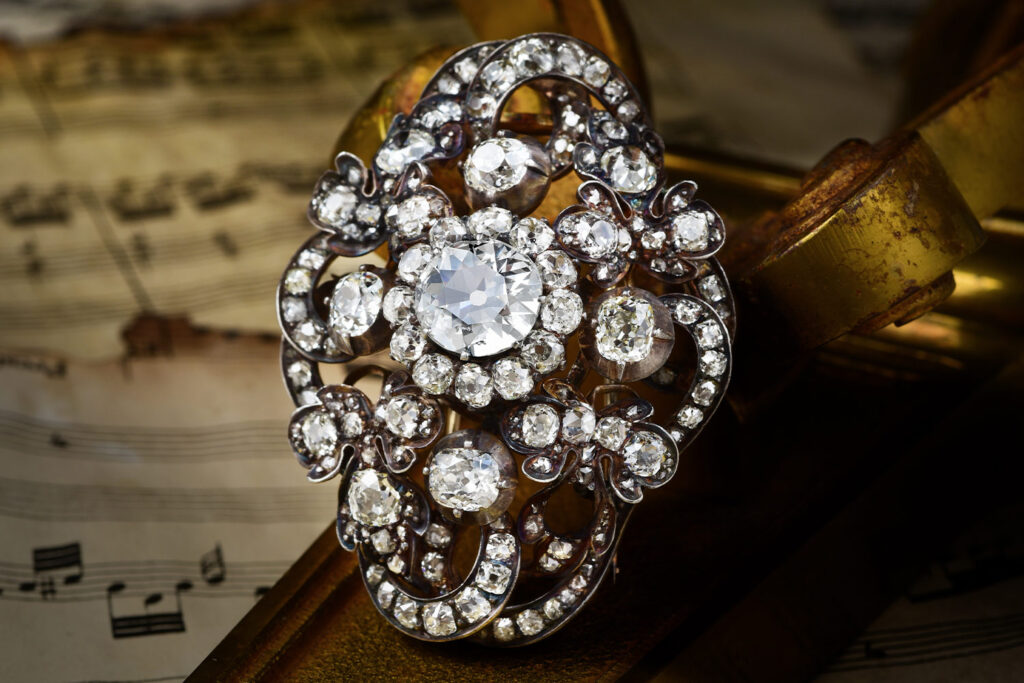The Art of Traditional Diamond Craftsmanship
Learn about the beauty and lost art of traditional diamond cutting with one of the jewelry specialists at FORTUNA®. In the modern age, diamond cutting has been perfected with advanced machinery and a rough diamond can be transformed into a faceted stone with optimal brilliance. But how did the master jewelers and diamantaires in the age before mechanized tools accomplish such a feat? Watch the video to appreciate the skill and patience required to create a diamond the traditional way.
Types of Antique Diamonds
Diamonds that have been cut in the traditional way might not be as brilliant or scatter light with the same vigor as modern diamonds, but they are heavily appreciated for the craftsmanship behind them and the warm, subtle glow they give off. In fact, their market value has steadily increased and continue to be heavily sought after. Here are some of the main traditional diamond cuts used in antique jewelry:
Single Cut: One of the oldest diamond cuts, the single cut dates back to 1300s. It possesses a large table (or top face), and octagonal girdle (which refers to the defining edge that shapes a diamond). A single cut diamond usually has 18 facets—almost a quarter of the facets seen in the modern round brilliant cut diamonds.
Rose Cut: The rose cut dates to the 1500s and was especially common during the Georgian and Victorian eras. It features a flat bottom with a dome-shaped crown, with triangular facets rising to a single apex—thus, resembling the shape of a rose bud.

Old Mine Cut: Diamonds with this cut are somewhat similar to today’s cushion-cut. They possess a squarish girdle with gently rounded corners, and have a high crown, a small table, and a large, flat culet (which refers to the pointed bottom of diamonds). The old mine cut dates to the 1700s and was most prevalent during the 1800s.
Old European Cut: This diamond cut is considered a subset of old mine cut diamonds, but are distinguished by a circular girdle, instead of a squared one. Like the old mine cut, it possesses a high crown, small table, and a noticeably flat culet. With 58 facets, it is the precursor of today’s modern round brilliant cut. The Old European cut was heavily used in jewelry of the Victorian, Edwardian, and Art Nouveau eras.
